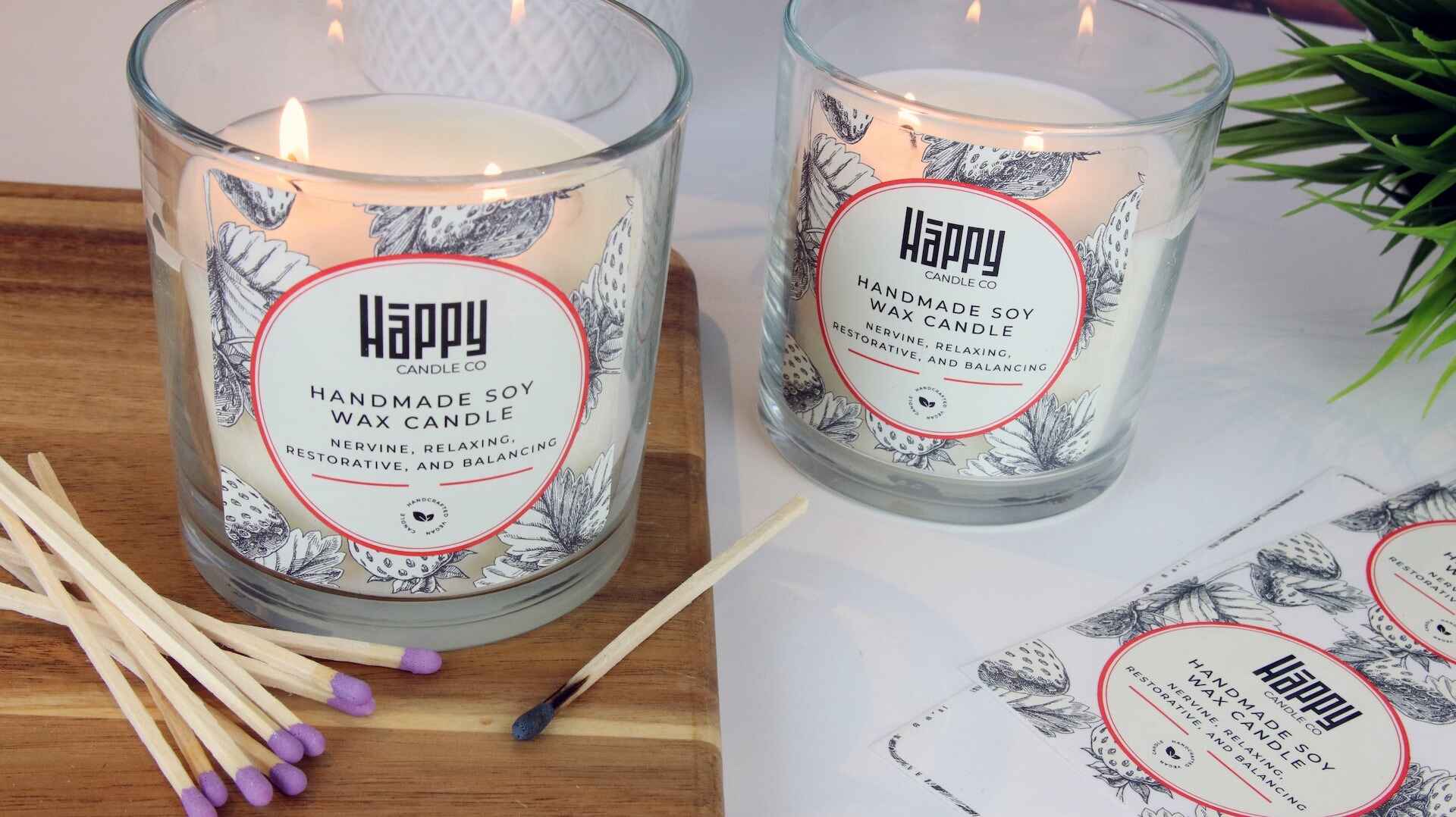If your business needs labels to package products, you have likely explored the various label options available from which to choose. While both liner and linerless labels carry advantages and disadvantages, linerless varieties are the best option for those wanting to reap more tangible rewards from their decision.
With tighter budgets and environmental impacts to negotiate, making small and easy changes can significantly impact these challenges. From decreased application times to increased variety and flexibility, linerless labels are the modern-day solution to your label needs.
Quicker Label Application
With 40-60% more labels available on each linerless roll, the overall time and effort needed to label products quickly and in an efficient manner are noticeably reduced. Additionally, the need to remove and replace empty rolls is cut down, allowing workers extra time to dedicate elsewhere in the production line.
Furthermore, the more densely packed label rolls don’t need to be changed as often during the printing process. By reducing this need, you can increase the productivity and efficiency of the operating line and those associated with it.
Reduced Disposal Costs
The most significant form of waste that comes from label usage is the liners that have to be recycled through an accredited recycling scheme or risk ending up in a landfill. Without this feature, there will be one less contributing factor to the overall waste of your company and one less expense you will have to budget for yearly.
Depending on the size of your company and the frequency you use labels, this can equal a significant portion of your available capital.
Environmentally Friendly
By nature, the materials used to create label liners are not recyclable, meaning they are taken directly to a landfill once they are disposed of. However, when you remove liners completely, you instantly make labels more environmentally friendly, as excess waste is minimized and fewer materials are used to produce the same amount of labels.
In the current consumerism trends, a company that is conscious about its carbon footprint and makes more ethical business decisions will be more appealing to work with or buy from as customers, shareholders, and other businesses attempt to make more informed sustainable decisions moving forward.
Costs Involved
Compared to the paperbacked counterparts, the linerless variety has fewer associated costs but is seen as a fairly significant investment that will need to be made by the company. As of now, each label is roughly the same price as a traditional label, but as technology advances with time, the prices are expected to lower.
Furthermore, a business can lower its label and packaging budget with reduced shipping, disposal, and storage costs accommodated with linerless purchases. This is particularly beneficial for smaller companies with stricter budgets and limited capital.
Flexible Sizing
One of the biggest benefits of linerless labels is flexible label sizes, cut to perfection and ready for printing, while traditional labels are typically cut into predetermined sizes. This allows for each product to receive the perfect label, suitable in size to fit the item and the information it needs to hold.
This will ensure that you have a wide variety from which to choose, reducing unnecessary wastage and allowing you to pick an option that won’t take away from the aesthetic requirements for each item.

Fewer Hazards
When lined labels are used, they produce a significant amount of waste in the form of silicon-based liners. In addition to the cost and effort that goes into disposing of them and their impact on the environment, the materials used to make these liners are slippery and can easily go unnoticed on a factory floor.
This can increase the chances of workers slipping and sustaining injuries, potentially exposing a company to workplace lawsuits and insurance claims. Moreover, the liners could become entangled in machinery, causing damage to the working mechanisms and leading to unforeseen expenses for maintenance or replacement.
Space Saving
Because you are getting a significantly larger amount of labels per roll with linerless purchases, you have more flexibility when it comes to storage. You can easily increase or decrease your purchase volume to fit your business needs, budget, and available storage space.
You can fully utilize a small space with an increased volume of linerless labels or maximize a larger area with a supersized bulk purchase to carry you through a busy production season or as an annual supply purchase.

Reduced Shipping Costs
Linerless label rolls can fit nearly twice as many labels per roll compared to their lined alternatives in the equivalent size. This translates to the same number of labels taking up less space and weight compared to the lined varieties, reducing your shipping costs and making your purchase more cost-effective in the long run.
This can significantly reduce costs for your business if you rely on labels from an international distributor, meaning you don’t have to sacrifice quality products due to geographical location and financial restrictions.



































